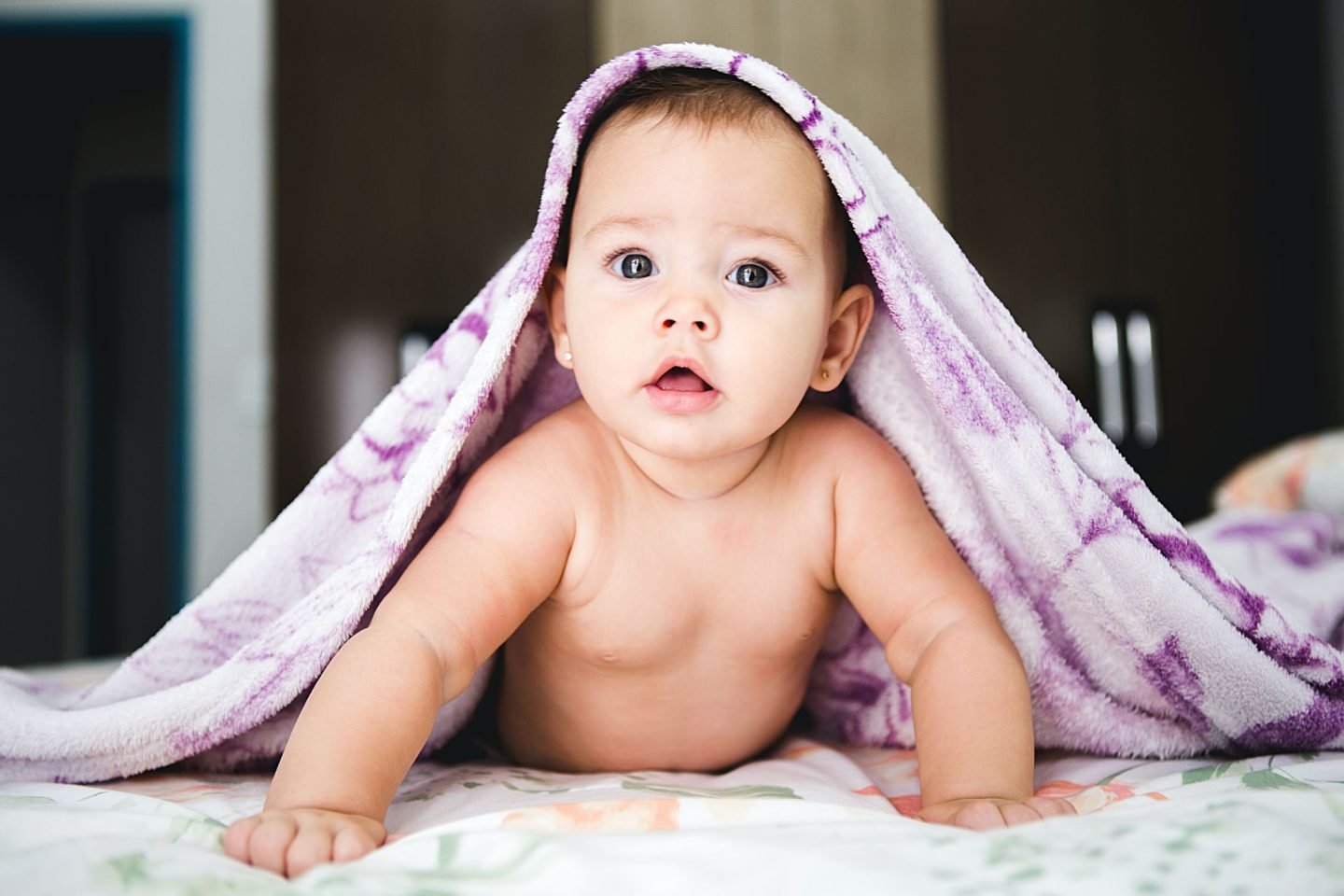
Behind the Scenes: How European Baby Formula Is Made
In today’s world, parents strive to provide the best for their babies, and one crucial aspect of infant care is nutrition. European baby formula is popular for its high-quality ingredients and stringent production standards. Have you ever wondered how this essential product is made? Join us on a fascinating journey behind the scenes to uncover the secrets of European baby formula production.
Introduction
The journey of European baby formula production is a meticulous blend of science, innovation, and dedication to ensuring that infants receive the best possible start in life. It’s a journey that starts with carefully selecting ingredients and ends with a product that meets the highest safety and quality standards.
The Importance of Baby Formula
While breastfeeding is the ideal way to nourish a baby, it’s not always possible for every parent. This is where baby formula steps in as a reliable alternative. The high-quality organic baby formula provides essential nutrients crucial for a baby’s growth and development.
Quality Ingredients: The Foundation
Milk Sourcing
The heart of European baby formula lies in the quality of milk used. Most European formulas are cow’s milk-based, and they prioritize sourcing milk from carefully selected farms that adhere to strict animal welfare and environmental standards.
Fortified Nutrients
European formulas are known for their commitment to providing infants with a well-rounded diet. Essential vitamins, minerals, and other nutrients are added to ensure that every bottle of formula is packed with goodness.
Stringent Regulations and Safety Standards
EU Regulations
The European Union has some of the world’s most rigorous regulations regarding baby formula production. These regulations cover every aspect of production, from sourcing ingredients to packaging and labeling.
Quality Control Measures
Manufacturers employ rigorous quality control measures to ensure that every batch of formula meets the highest safety and quality standards. This includes extensive testing and monitoring at every stage of production.
The Manufacturing Process
Pasteurization and Homogenization
The journey begins with pasteurization and homogenization of the milk to eliminate harmful bacteria and ensure a uniform consistency.
Blending and Formulation
Careful blending and formulation follow, combining various ingredients to create a balanced and nutritious formula.
Advanced Technology and Innovation
Spray Drying
One of the most critical steps is spray drying, turning the liquid formula into powder while preserving its nutritional integrity.
Probiotics and Prebiotics
Modern European formulas often incorporate probiotics and prebiotics to support a baby’s developing gut microbiome.
Packaging and Storage
The final product is meticulously packaged in containers designed to keep the formula fresh and safe for consumption. Proper storage is key to maintaining its quality.
Global Reach: Exporting European Baby Formula
European baby formula isn’t just for European babies. It’s exported worldwide, thanks to its reputation for quality and safety.
Consumer Transparency
Labeling and Certification
European formulas are transparent about their ingredients and certifications. Parents can easily access information about what goes into the formula they feed their infants.
Consumer Education
Manufacturers provide resources and guidance to help parents make informed choices about the formula that best suits their baby’s needs.
Sustainability Efforts
Reducing Environmental Impact
Many European formula producers actively work to reduce their environmental footprint through sustainable practices.
Recyclable Packaging
Environmentally conscious packaging options are becoming increasingly common, making it easier for parents to choose eco-friendly options.
The European Advantage
European baby formula’s reputation for quality, safety, and transparency sets it apart in the global market.
Baby Formula Preparation
Cleanliness is Key: Wash your hands thoroughly before handling baby formula equipment, bottles, and utensils.
Boil Water: Use fresh, cold water and bring it to a rolling boil. Allow it to cool for about 30 minutes. Do not use hot water from the tap.
Measure Carefully: Follow the manufacturer’s instructions on the formula container to measure the exact amount of formula powder needed for the desired number of ounces.
Mix Gently: Mix the measured formula powder to the water gently. Ensure the water is at the recommended temperature, usually around 100°F (37°C).
Cool and Serve: Let the formula cool down to the desired temperature before feeding your baby. You can use a bottle warmer or run the bottle under cold water to speed up the formula cooling process.
Choosing the Right Formula for Your Baby
Every baby is unique, and choosing the right formula requires consideration of individual needs and preferences.
Conclusion
The journey behind European baby formula production is a testament to the commitment to providing the best nutrition for infants worldwide. From the careful selection of ingredients to advanced production processes and a dedication to sustainability, European baby formula is more than just nourishment; it promises a bright and healthy future for our little ones.
